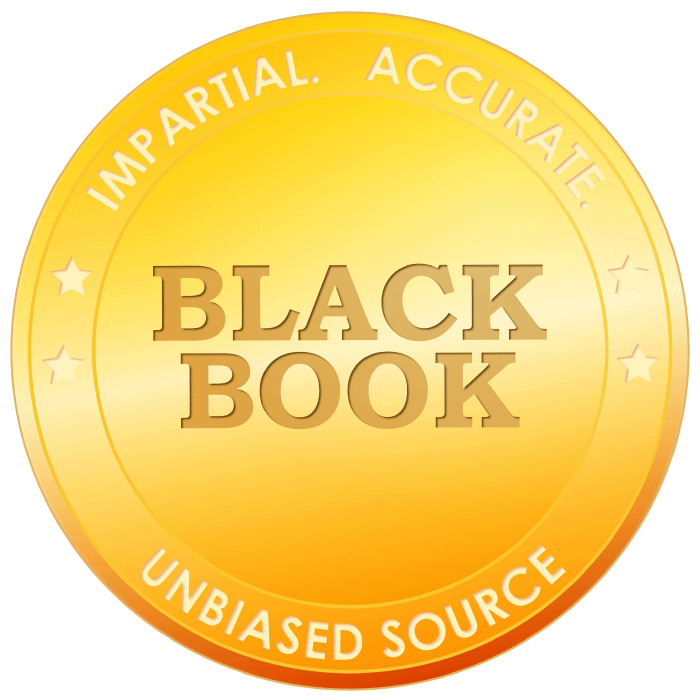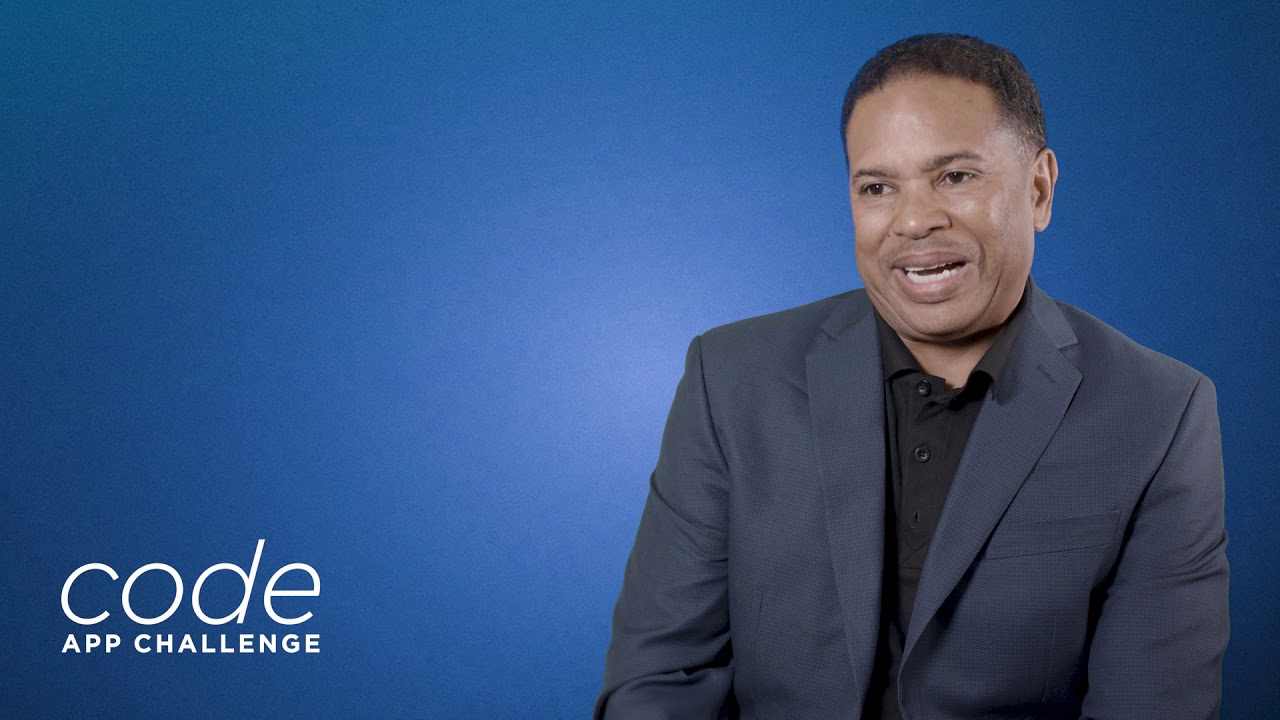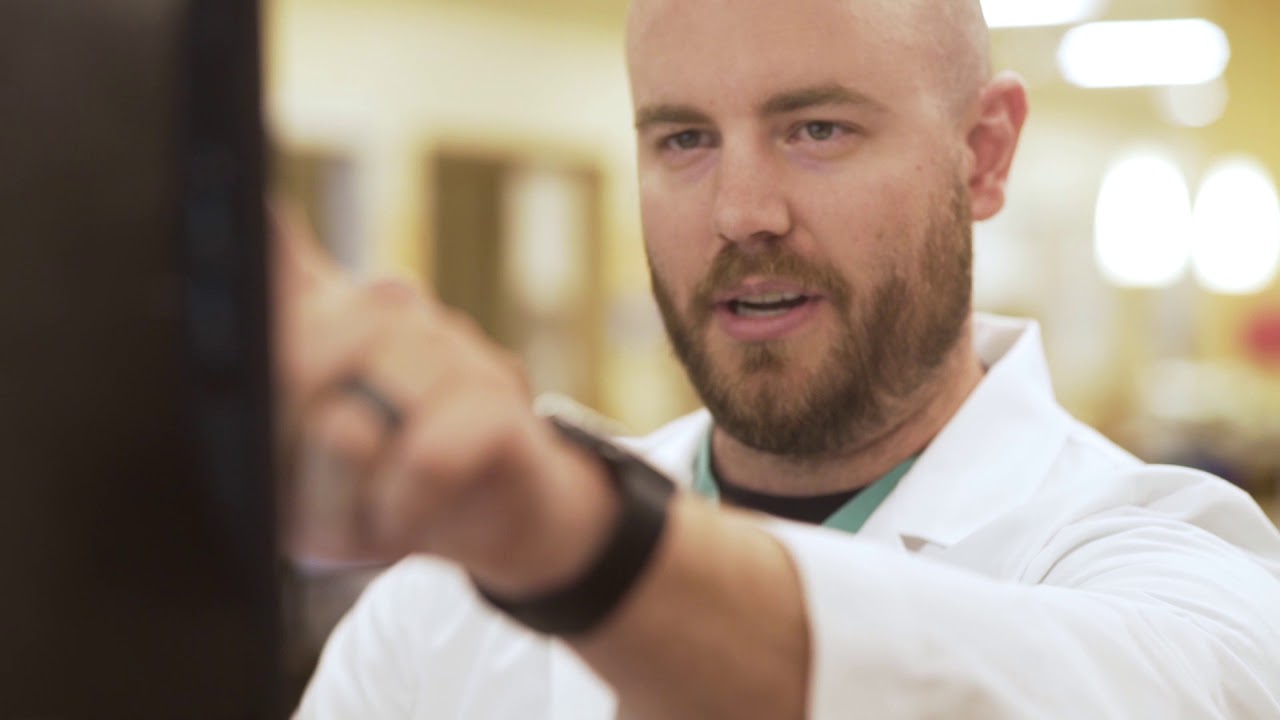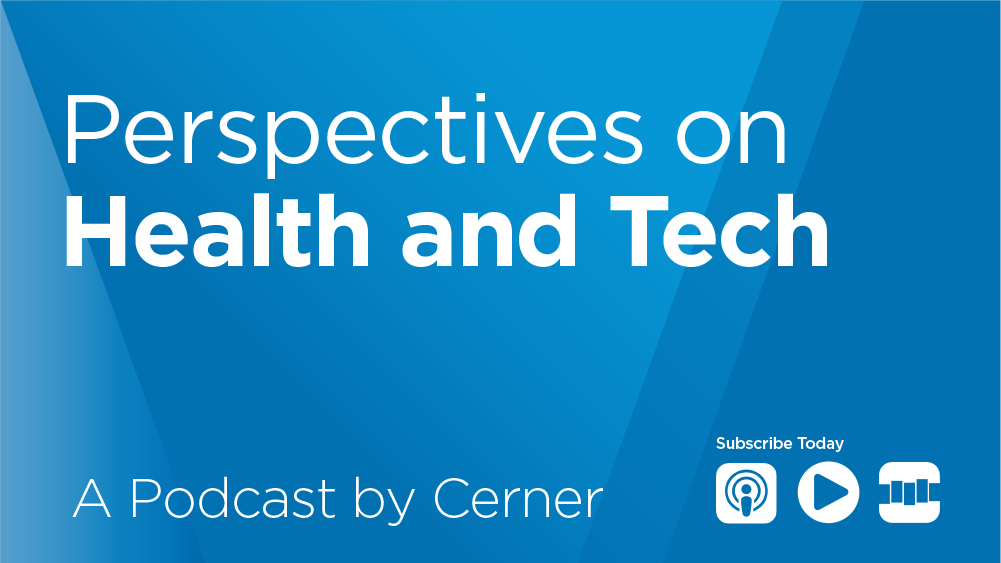Our leaders are committed to harnessing innovation that support open and interoperable platforms. Our solutions and platforms enable the free flow of information access across disparate system and health care entities improving data exchange and supporting an open collaborative development community shaping the way we make health care better.
Black Book: Five-time Top HIE supplier for hospital networks


Related Offerings
Cerner's platforms are open and extensible, enabling clients to modify and customize extensions to help meet business needs like patient education, and workflow efficiencies to reduce costs and improve care. Clients can work with toolkits and extensions such as MPages, innovation toolkits, advisories and Cerner Command Language.
Cerner is a founding member of the CommonWell Health Alliance, which is advancing interoperability by connecting systems nationwide and making health data available no matter where care occurs.
Cerner’s Device Connectivity solutions use a workflow-driven, open architecture platform designed to support interoperability between validated medical devices and the EHR, regardless of vendor. With more than 50 validated device partners and 1,000 supported devices, we are continuously working toward improving communication between medical devices and systems, including making sure our devices follow the latest industry standards.
Cerner Interoperability makes data flow freely using standards, network connections and nationwide exchange to give clinicians access to relevant information regardless of source and support data sharing across the continuum. With a more complete picture of the person, we empower clinicians to make better care decisions and plan appropriate care.
Cerner’s industry-leading EHR analytics solution, Lights On Network, provides data-driven analysis to help you understand which interoperability methods are used across your organization. Measure near real-time data such as orders received, results sent, messages exchanged and electronic prescription usage to determine the impact of interoperability as your organization moves from paper processes to newer technologies.
Cerner’s open platforms, open technologies and open business approach enable innovative collaboration and the development of apps that fulfill edge needs. Our open application programming interfaces, called Cerner Ignite APIs, allow your organization to integrate apps directly into your workflows at the point of care.
FAQs
What is interoperability?
Interoperability is the ability for information that advances patient care to flow freely between health care entities regardless of the technology platform in place or where the care was provided. It allows health care professionals to access, view and share patient information, such as past problems, allergies, medications, immunizations, lab results and more with other providers in order to effectively treat patients across vendor, geographical and technological boundaries.
How does my organization benefit from interoperability?
By sharing data with other providers, your organization is able to get a holistic view of a patient’s record and be operationally efficient. Providers are able to pull aggregated patient information from different sources, protect patient privacy, increase communication between other providers, eliminate printing and mail costs, and more. This approach frees patients from needing to spend time collecting paper copies of their medical records or relying on memory for past treatments. Providers can make quicker, better informed decisions regarding patients' care and focus more on keeping them healthy.
How does Cerner drive innovation and development in interoperability?
Cerner is a leader in pushing the health care industry forward by promoting standards and guidance that support open and interoperable approaches. We have engaged in initiatives such as:
- Co-founding CommonWell Health Alliance to support nationwide interoperability.
- Supporting the agreement between CommonWell and Carequality to expand nationwide data exchange
- Being involved with Health and Human Services Office of the National Coordinators’ HIT Standards Committee.
- Collaborating with health organizations to develop the Argonaut Project to speed up the adoption of FHIR, an HL7 standards framework.
- Co-founding the Da Vinci Project, applying the Argonaut approach to the payer-provider space.
- Helping lead the Direct Project, which creates standards and documentation for exchanging secure messages.
What are the benefits of interoperability?
Cerner's solutions are flexible and configurable in order to meet the requirements of multiple health care perspectives, needs, approaches, organizations and communities.
Beyond this, there are benefits for providers and patients. Interoperability facilitates:
- Creation of a single, comprehensive view of a person’s medical and health history that both provider and patient can access.
- Aggregation of patient information from a variety of documents into a web portal or an electronic health record.
- Protection of patient privacy while giving the right health care providers the right access to the right information.
- Communication effectiveness between providers.
- Possible reduction in printing and mailing costs, fewer unnecessary duplicate tests, and less time and effort needed to copy or recover missing patient information.
What is an application programming interface?
APIs have transformed almost every other industry and we believe they can do the same for health care! APIs allow technical solutions to talk to one another in the same language. With APIs new apps can be created that leverage existing platforms.
What is Cerner Ignite APIs?
Cerner Ignite APIs is the name for Cerner’s open APIs that allow outside apps to be integrated with Cerner’s open platforms. Our open APIs ignite innovation and collaboration among a broader community of developers, enabling the creation of new technology that unlocks opportunities to advance health care interoperability.
Why should my organization be concerned about APIs?
Besides enabling the ability to connect different apps to your EHR, Cerner Ignite APIs is also a major part of enabling fulfillment of Meaningful Use Stage 3 (MU3) requirements for consumer API access.
In MU3, two objectives address the requirement for a consumer API. Objective 5, Electronic access to health information, requires that “the provider ensures the patient’s health information is available for the patient (or patient-authorized representative) to access using any application of their choice that is configured to meet the technical specifications of the API in the provider’s CEHRT.” In order to provide patients with API access, Our Cerner Millennium domain will need an API available.
How can we implement Cerner Ignite APIs at our organization?
Whether you’re preparing for Meaningful Use Stage 3 (MU3) consumer API requirements, or have an app in mind that you want to integrate, implementing Ignite APIs is a simple process.
It requires a low-impact project to connect your Cerner Millennium environment with the Cerner Cloud. To get started, contact your Client Results Executive (CRE) and make him or her aware if you have a specific app that you want to integrate into your EHR or if you just want to set up the API initially to fulfill MU3 requirements.









